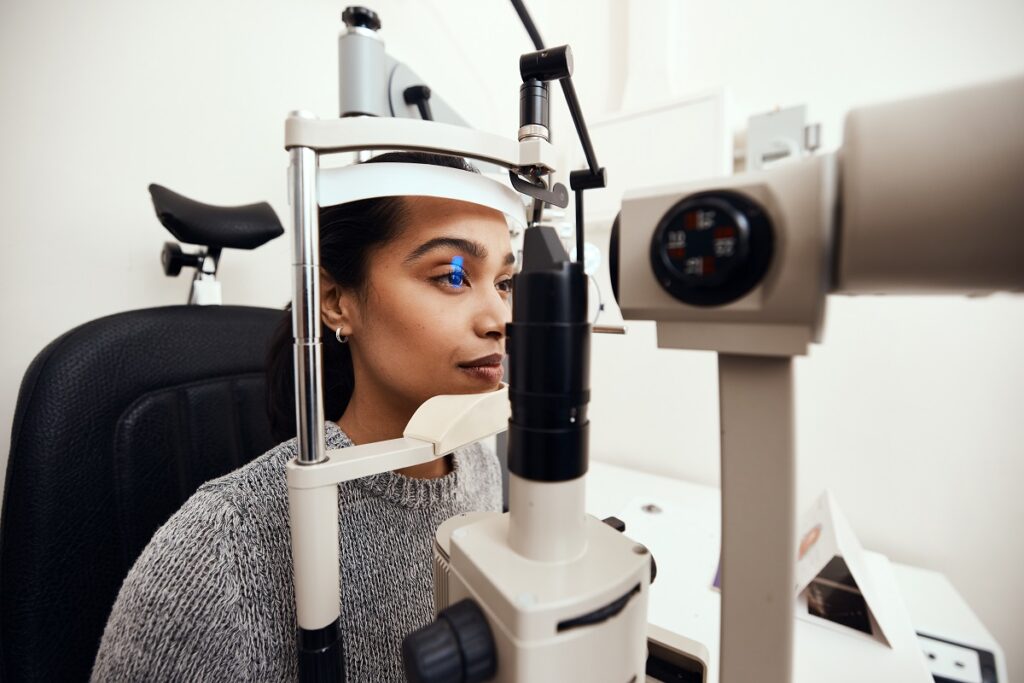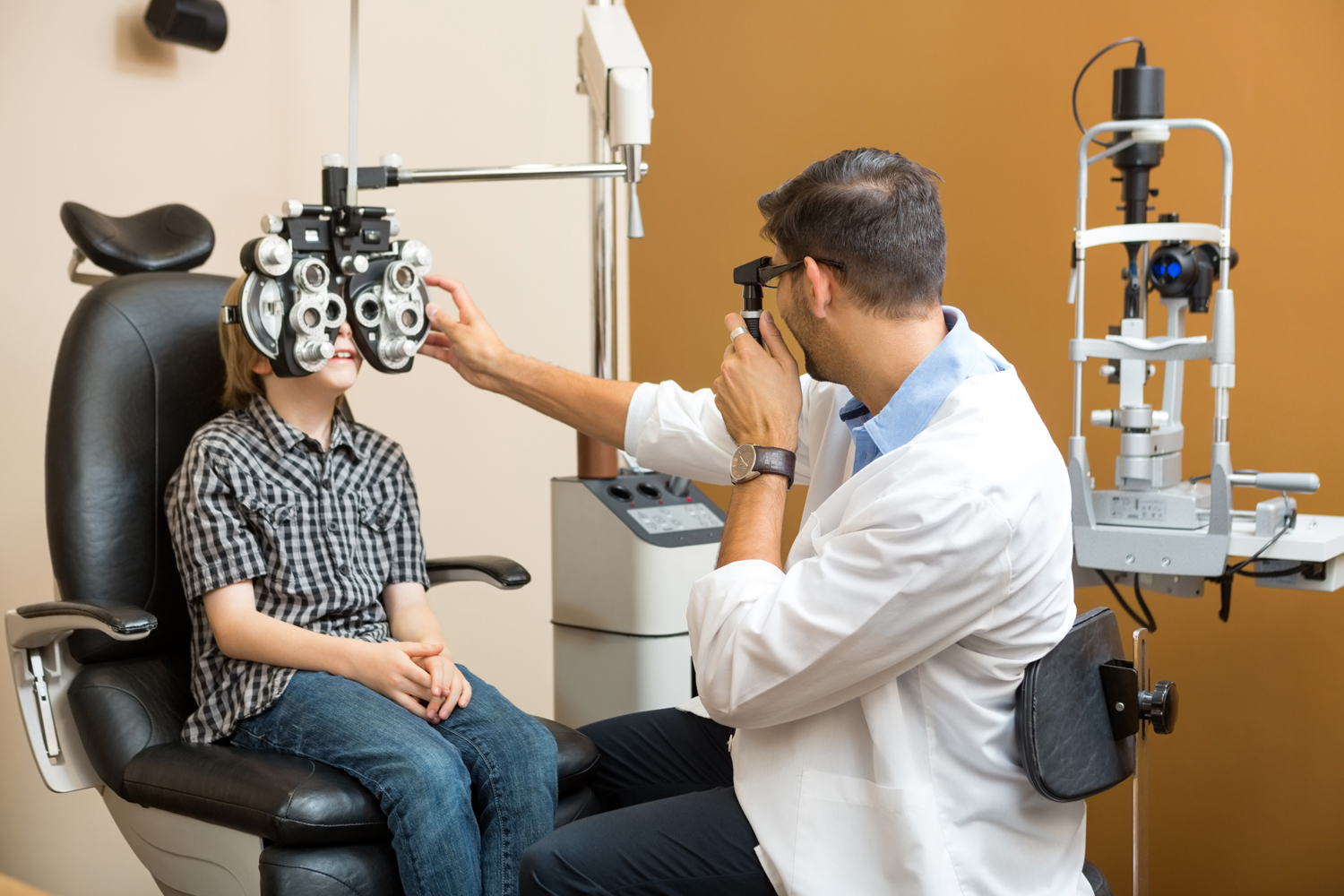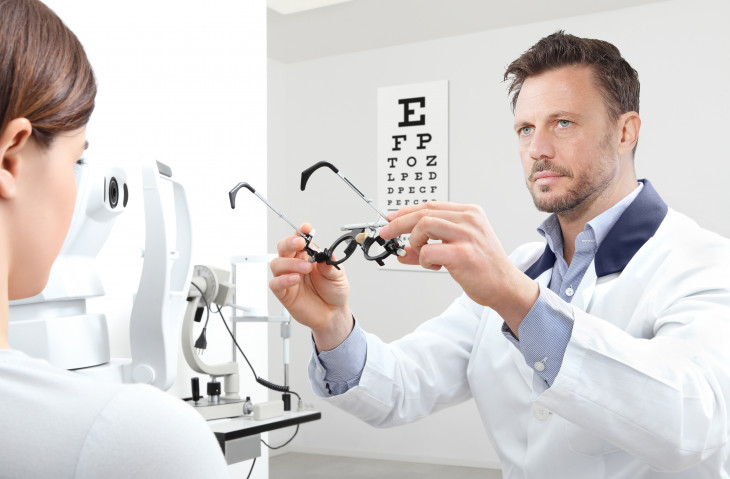Discovering the Most Current Technological Developments in Optometry and What They Mean for Optometrists
From the precision of Optical Coherence Tomography to the nuanced insights offered by AI-driven diagnostic devices, these technologies are establishing brand-new standards in patient analysis and treatment. As these improvements penetrate the method, optometrists are encountered with the obstacle of embracing these tools to improve patient end results.
Technologies in Diagnostic Equipment
Advancing the field of optometry, developments in diagnostic devices have actually reinvented the way eye treatment specialists assess and identify eye problems and visual impairments. The previous years has actually observed significant technological improvements, allowing more precise and extensive examinations. Optical Comprehensibility Tomography (OCT), for instance, provides high-resolution cross-sectional pictures of the retina, permitting the early detection of diseases such as glaucoma and age-related macular deterioration. This non-invasive imaging strategy has come to be essential in modern optometric technique.
An additional trick innovation is the introduction of sophisticated corneal topography systems, which map the surface curvature of the cornea with accuracy. These tools are especially beneficial for fitting call lenses and diagnosing corneal conditions. Additionally, electronic retinal imaging has changed typical ophthalmoscopy, offering in-depth, panoramic views of the retina that assist in extensive visual assessments.
The advancement of wavefront aberrometry has actually additionally been vital, making it possible for the evaluation of refractive errors with unequaled precision (Eye Doctor). This innovation aids in tailoring restorative lenses and enhancing surgical results for refractive surgeries. Collectively, these analysis improvements empower optometrists to deliver premium individual care, making certain early treatment and tailored treatment strategies, ultimately improving aesthetic wellness outcomes
AI in Individual Administration
Structure on the structure of advanced diagnostic devices, the consolidation of expert system (AI) in individual monitoring represents a transformative jump for optometry. AI systems are progressively utilized to improve effectiveness, accuracy, and personalization in patient care. By analyzing large quantities of information, AI can identify patterns and anticipate possible ocular problems, enabling eye doctors to tailor interventions better. This capability is essential in taking care of chronic eye diseases such as glaucoma and diabetic person retinopathy, where very early discovery and continuous surveillance are vital.
In addition, AI-driven platforms promote structured individual interactions and management procedures. Automated organizing, digital examinations, and personalized follow-up plans not only improve individual satisfaction yet also enhance time administration for professionals. These systems can triage clients based upon the urgency of their conditions, making sure that those in critical demand receive prompt interest.
In addition, AI improves decision-making by giving optometrists with evidence-based recommendations and therapy paths. By incorporating information from digital health and wellness documents, AI devices supply understandings that notify scientific decisions, reducing the danger of mistakes and enhancing patient outcomes. As AI continues to develop, its duty in individual management will likely broaden, improving the landscape of optometric care.
Advancements in Retinal Imaging
In the realm of optometry, retinal imaging has witnessed impressive technological improvements that are improving analysis abilities and patient treatment. Technologies such as Optical Comprehensibility Tomography (OCT) and fundus digital photography have actually changed just how optometrists visualize and analyze the retina. OCT, in certain, provides high-resolution, cross-sectional photos of the retina, allowing for the in-depth exam of its layers. This capability is vital for early detection and management of conditions like glaucoma, diabetic retinopathy, and age-related macular degeneration.
Enhanced imaging techniques like OCT angiography are further refining diagnostic accuracy. Opticore Optometry. Such developments assist in the identification of minute retinal changes that could signify condition progression.
Furthermore, advancements in expert system are increasing retinal imaging by allowing computerized evaluation of big datasets. These systems assist eye doctors in determining patterns indicative of pathology, therefore enhancing analysis accuracy and effectiveness. Jointly, these developments are transforming retinal imaging right into a keystone of modern eye care, improving end results and increasing therapeutic possibilities.
Teleoptometry's Growing Duty
Teleoptometry is significantly coming to be a crucial element of eye care, driven by innovations in digital communication and diagnostic tools. This is especially beneficial in rural and underserved locations where access to specialized eye care is usually restricted.
The combination of expert system (AI) more boosts teleoptometry, enabling the analysis of visual information and helping in the discovery of ocular problems such as glaucoma and diabetic person retinopathy. AI-powered formulas can quickly interpret complex imaging data, offering optometrists with beneficial understandings that boost clinical decision-making.
In addition, teleoptometry supports connection of care via seamless assimilation with digital health records (EHRs), enabling optometrists to maintain extensive individual backgrounds. When seeking advice from with different professionals., this makes sure that clients receive consistent and personalized treatment even.
Regardless of these benefits, challenges remain, consisting of making find out sure information safety and security and handling individual expectations. Nevertheless, teleoptometry stands for a substantial stride towards more available, efficient, and patient-centered eye care. As innovation progresses, its role is positioned to broaden better.

Future Trends in Eye Care
A myriad of innovative trends is readied to go to the website reshape the future of eye care, driven by technological developments and the progressing demands of patients. One significant trend is the combination of artificial intelligence (AI) in diagnostics, which guarantees to improve the precision and effectiveness of eye assessments. AI algorithms can evaluate vast amounts of data from retinal pictures, potentially finding problems like diabetic retinopathy and glaucoma earlier than standard approaches.
Furthermore, tailored medication is getting grip in optometry, with hereditary testing informing personalized treatment plans. This strategy intends to maximize individual outcomes by customizing treatments to specific genetic accounts. Wearable innovation, such as smart contact lenses, is additionally coming up, providing real-time monitoring of intraocular stress or glucose degrees, therefore providing continuous understandings into eye and systemic health and wellness.
The fostering of enhanced reality (AR) and online truth (VR) in training and patient education is another emerging fad. These modern technologies use immersive experiences that can improve understanding and abilities both for clients and optometrists. As these patterns develop, optometrists need to stay abreast of technological innovations to offer innovative care, making sure improved patient end results and fulfillment in the dynamic landscape of eye treatment.
Verdict

Collectively, these analysis improvements equip optometrists to supply premium individual care, guaranteeing very early intervention and tailored therapy techniques, ultimately boosting visual health outcomes.

As these innovations proceed to evolve, eye doctors have to adapt and include them right into practice, eventually maximizing process performance and elevating the requirement of eye treatment delivered to people.